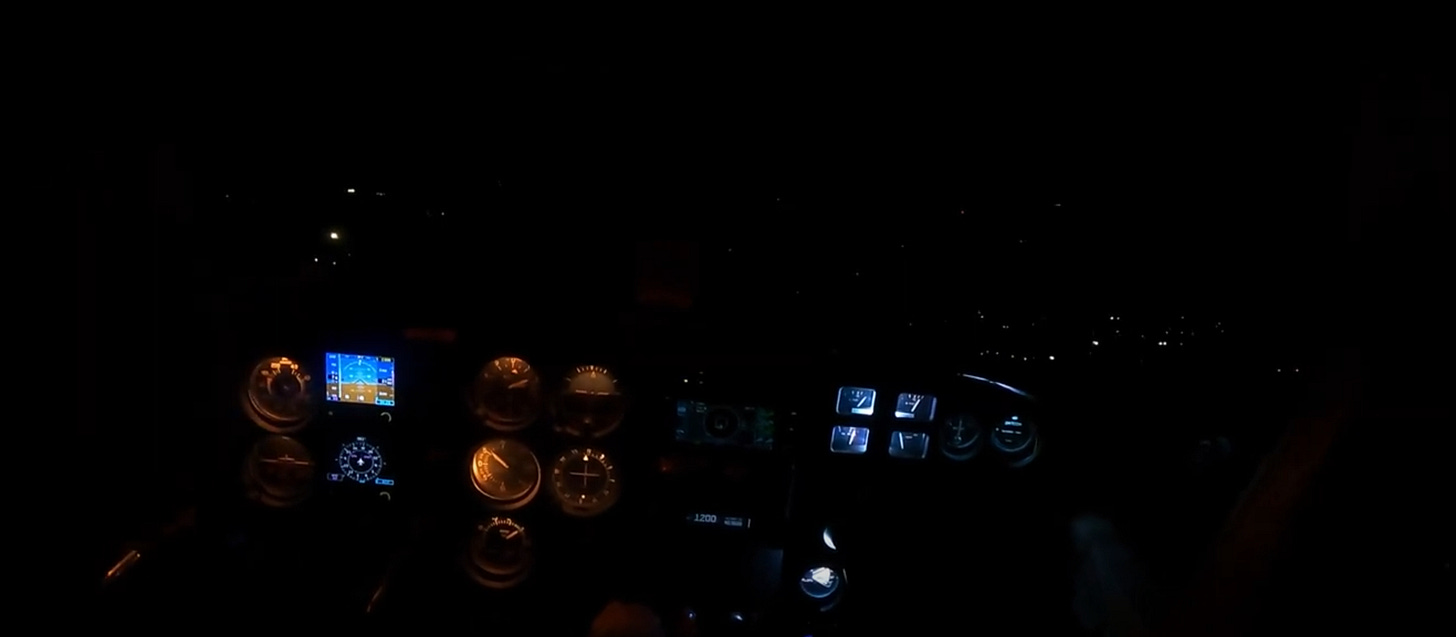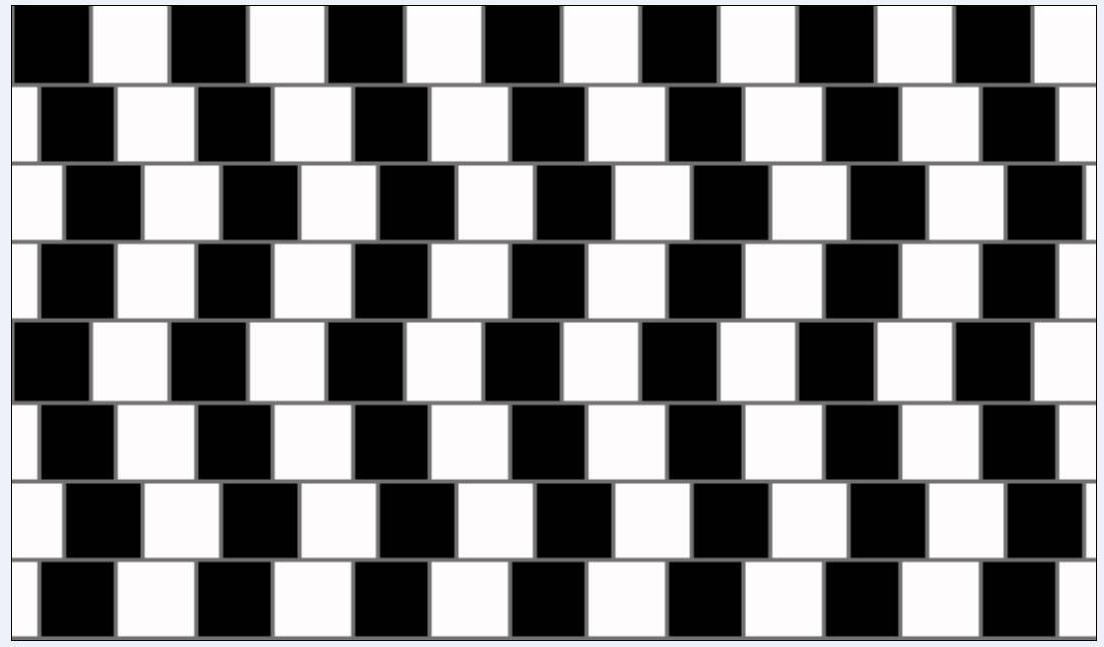After my solo, I knew that things would unfold at much faster pace. I am now working towards my checkride, which is my private pilot license exam. Now that I have learnt how to fly a plane by myself, the focus is on the other aspects that are important for checkride. The biggest items remaining from my checkride perspective are:
10 full-stop night landings - Dual
Long cross-country trip - Dual and Solo
Long night cross-country trip - Dual
Instrument time of 3 hours - Dual
Long cross-country trip - Solo
In addition to it, I also have some more solo items to cover, including tower work of 3 hours, and of course, practice my maneuvers to become more proficient.
Today’s plan was to knock out some night landings. I knew how things felt and seemed different during the day time driving than at night, so I was curious to see and feel the similar difference for my night flight. First of all, in aviation, there are three time periods for night time:
Sunset to sunrise - During this time you need to have your position lights ON.
End of evening civil twilight to the beginning of morning civil twilight - Time flown during this time can be logged as night time, and the plane needs to be equipped for night time.
1 hour after sunset to 1 hour before sunrise - During this time you need to log your night landings to be current to carry passengers.
So for my night landings requirement, I need to log 10 landings to a full-stop between 1 hour after the sunset and 1 hour before the sunrise.
Tonight, I did 7 out of 10 full-stop landings and it was quite an experience. The difference between night time flying and day time flying was substantial on multiple levels.
1. Taxiing
Taxiing was different from usual daytime taxiing. It was pitch dark even when I had my landing light ON. On the runway, there were REILS - Runway End Identifier Lights and Runway strobe lights. Runway strobes are very distracting. Blue taxi lights were kinda mixed up with rest of the distracting lights, until my eyes got trained to look for them. In the first couple of traffic patterns, I could not see taxi lights after I landed, and I almost missed my runway exit.
2. Site Picture
Going into today’s lesson, I was expecting lack of my usual site picture and references. But I did not anticipate how much it would throw me off of my standard pattern. I had my heading bug set, and that was my primary reference for all traffic pattern legs and turns. In addition to that the runway strobe lights were blinding at times on my final approach. So adjusting my eyes to the outside light was very important. So far in my training Drew has been thrusting upon me the importance of looking outside and develop the site picture. At night time, I had to rely on instruments - G5 and HSI to know where I was, where I was heading, and how fast I was climbing or descending. “Nose on the horizon” didn’t mean much at night 😀.
3. Optical Illusions
There were two optical illusions that I vividly experienced. First, in my downwind leg, when I thought I was flying parallel to the runway, I was actually flying away from it. Have you seen the following optical illusion? Are these horizontal lines parallel?
Now imagine that you are sprinting along one of those lines and you are trying to establish if you are parallel to the line next to it. That was what was happening to me in my downwind leg. I could see the REILs on my left, but visually it was confusing, becasue when I felt I was parallel, I was flying away from it, and in order to fly parallel, I had to adjust my path, which felt like I am on a convergence course with the runway. That definitely felt weird.
My errors in downwind furthermore rendered in my base and final leg. I turned so early on my base and final, it was beyond ridiculous. And I kept making the same mistake over and over again, which was frustrating. It was like my first lesson all over again. At one point I said, I am on “bas-ish” leg - LOL ! But, once I started trusting instruments for my legs and turns, my pattern improved significantly.
Which leads me to the second optical illusion, which was on the Final approach. The approach “seemed” higher than the normal approach. When I was on the final approach, the ground snuck up on me, especially during my first couple traffic patterns. It looked as if I had enough ground under me, even when my landing light reflected back from the runway, but that was an illusion. The wheels touched down before I was anticipating the touchdown, which was a surprise, I must say.
After that, I started referring to VASI - Visual Approach Slope Indicator lights for better judgement of my approach. At night time instruments are most trustworthy friends, and I needed to rely on all instrument help I could get. When you are on a correct landing approach, the VASIs should read “Red over White”. That means you are on a correct glide slope for your landing. After first couple of laps, I started to get my approaches much better.
Conculsion
Landing a plane is challenging and landing at night is more challenging. Poor lighting and lack of visual references make your senses to lie to you and that changes your perception for wors. Thus, you have to trust the instruments in the plane when you are landing at night.








Quite fascinating especially the paralax illusion. Depending on instrumentation rather than your own senses is unnatural (coiner- intuitive)!
Interesting log, worth reading 👏
Must be totally different experience like we have in driving on a road at night, without street lights.
Only thank God you don't have blinding effect of the head-lights of opposite lane traffic.